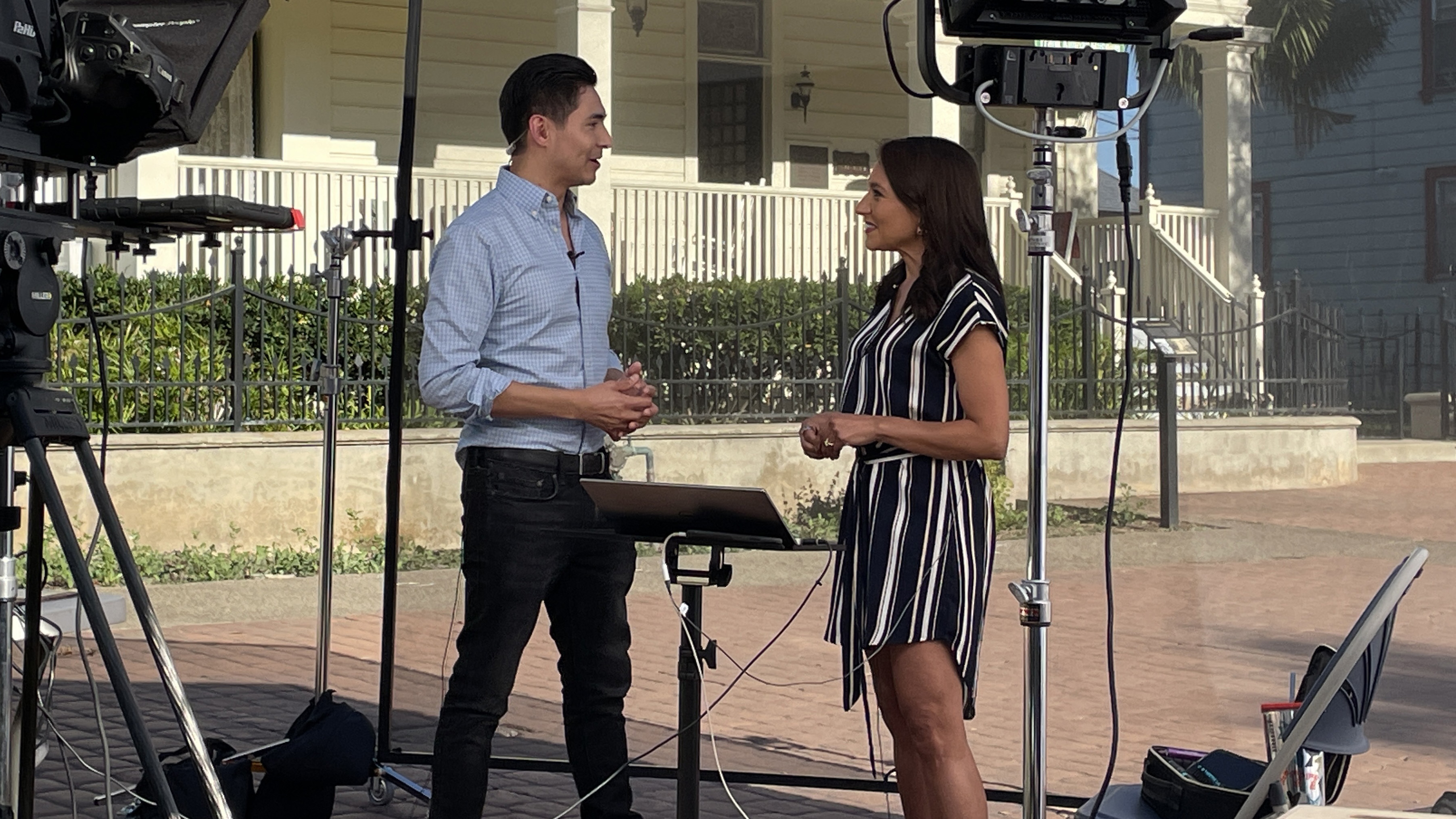“It's really important for us to express our culture and to keep it going,” Cynthis Jim said. “I’ve been a dancer for 46 years now.”
Jim, along with her mother and daughter, drove 26 hours from Canada to attend Sycuan Reservation’s annual powwow.
The customs may vary by tribe, but a powwow is a celebration. It is a time to gather and meet friends, new and old.
“I like just enjoying, going to taking my grandson around,” Dancer Norman Roach said.
Get San Diego local news, weather forecasts, sports and lifestyle stories to your inbox. Sign up for NBC San Diego newsletters.
Historian Murton McCluskey, ED.D. says in early times, hunters invited friends and family to share their good fortune. McCluskey said family and friends danced while the meal was being prepared to honor their host.
Today, powwows have dancing and singing contests, pageants, but it is still about family, friends and sharing Native American culture.
Over time, powwows changed. According to McCluskey, the early powwows were banned by the United States and Canadian governments in the 1880s. McCluskey went on to say that it wasn’t until the 1920s that the U. S. government allowed Native Americans to dance again and not until 1951 for Canada.
Local
"We fought so long and hard to have our culture revived, especially when it was illegal," Jim said. "I'm from Canada, so up until the 1950s it was illegal. I'm a residential school survivor from Mission St. Mary's Residential School in Mission, British Columbia.”
Damon Polk drove with his family from Cedar City, Utah to dance in the event. Polk said that it is important for Native Americans to embrace their culture.
“As a human being in this life, it is that affirmation and validation, and that security and that sense of belonging here in this world,” Polk said.
The Southern California powwow circuit lasts from September through January.



